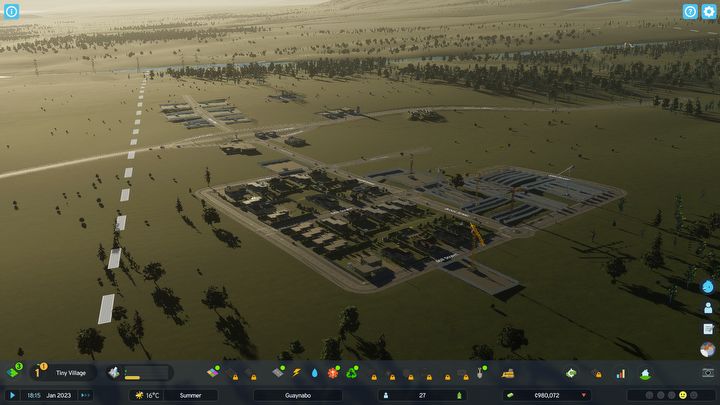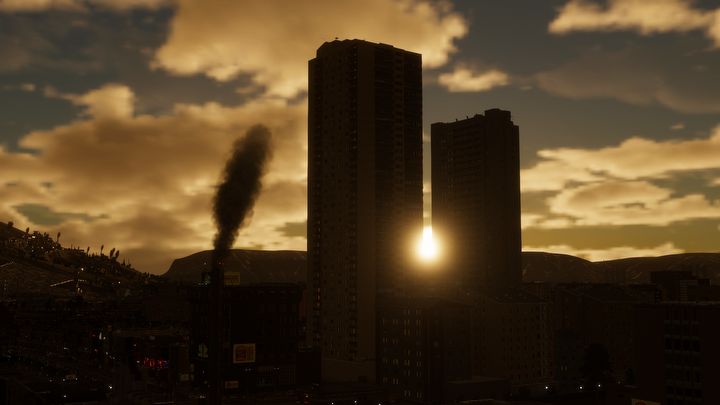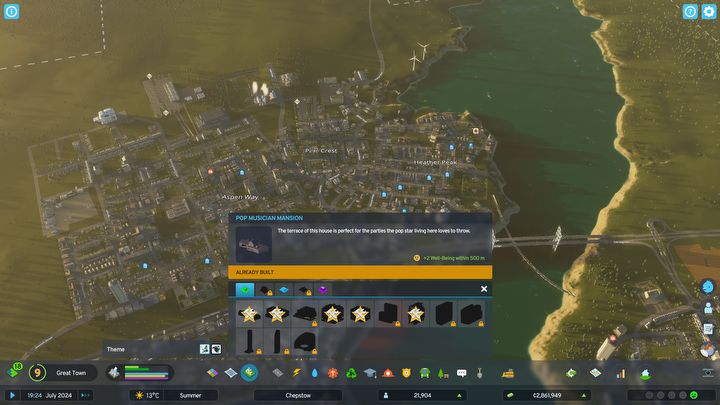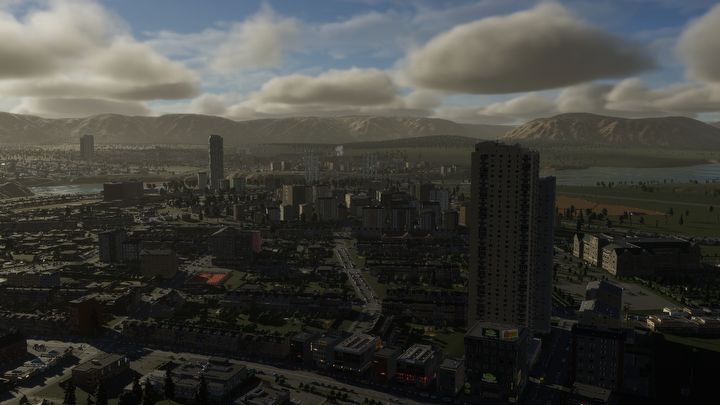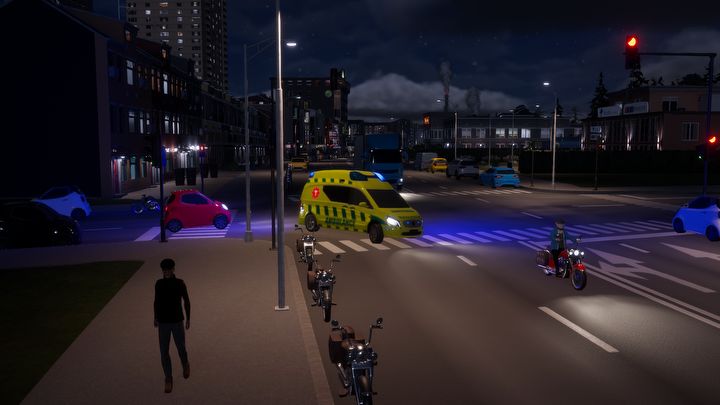Cities: Skylines 2 Review - A Revolution, 2.0, or 1.5?
Cities Skylines is finally back with its sequel after a whole eight years. Part two brings sweeping, quality-of-life improvements, but has the formula stayed relevant after almost a decade?
The review is based on the PC version.
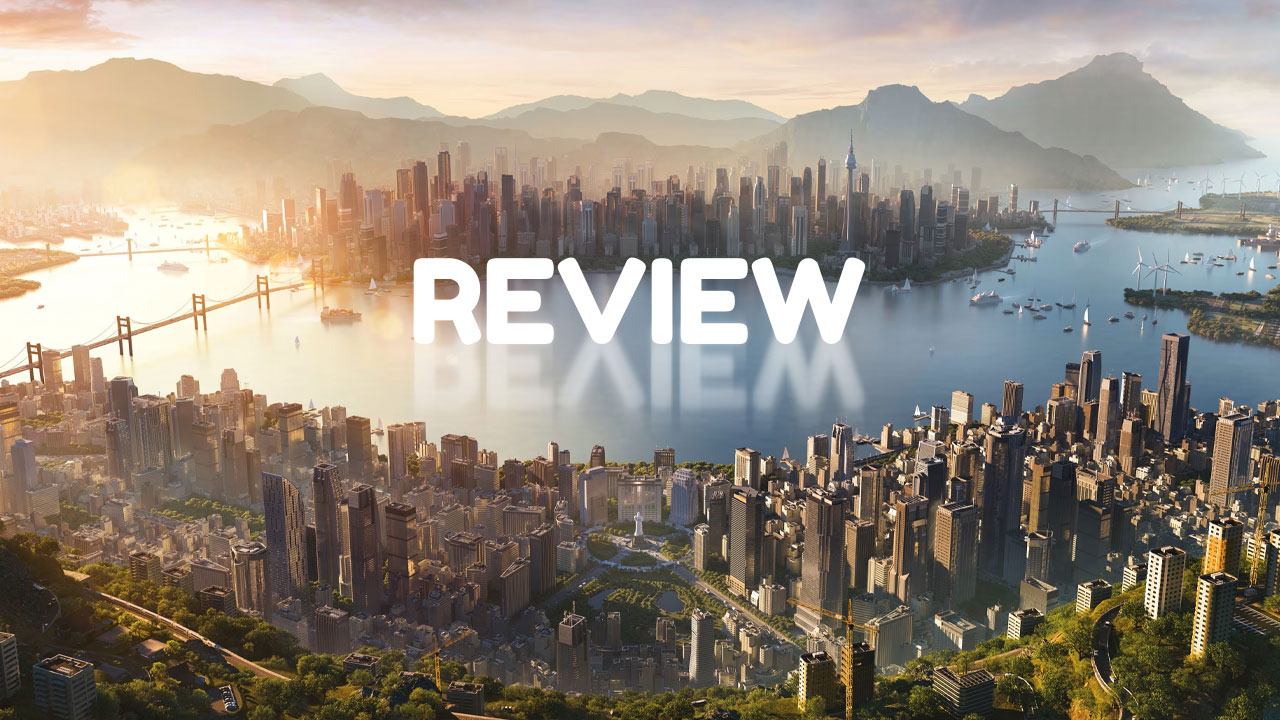
Paradox Interactive is known for its immersive, grand-scale sims, from the galactic empire manager Stellaris, to grand strategy Hearts of Iron, the publisher releases games from developers offering stunningly complex and detailed video games. Now admittedly, yours truly is not a connoisseur of city builders and hasn’t really been part of the community in the past, but he has also spent countless hours with the original Cities Skylines by Finnish Colossal Order, which became one of his favorite time devourers.
- More accessible;
- A slew of great, quality-of-life improvements;
- As engrossing as the original, only much better;
- Powerful photo/cinematic modes
- Technical condition might be a problem at launch;
- Some minor building systems still seem imprecise.
Naturally, I have thus been thrilled to finally get a chance to play the sequel myself and the expectations were quite high. The developers have been feeding us interesting video dairies enumerating the novelties coming in the sequel and explaining all the game’s intricate mechanics, so putting it all into motion was an exciting moment.
Quality of life
The most important thing to say about Cities Skylines 2 is that it sticks to the guns. If you’ve played the prequel, you will instantly know what’s what, and you can pretty much skip the tutorials, as they offer mostly general explanations of “how to build stuff.” The game leverages all the mechanics familiar from part one, so you can easily dive right in. If you’re new, on the other hand, said tutorials offer just enough explanation to allow you to get the gist of the gameplay and start developing your own city.
Cities Skylines 2 is way sleeker now. Building roads is mostly a breeze, adding roundabouts is a matter of two clicks, designing more elaborate shapes and more intricate intersections and junctions is way more fun, because the game’s road system is way more flexible and accepts everyday solutions that were problematic in the original, all thanks to better resolution – it’s now easier to fit narrower roads in tighter spots and this flexibility couldn’t be more welcome. On top of that, city service buildings now have much larger efficiency area, which frees the player from the necessity of building a medical clinic on every other block – basic buildings now cover way bigger area.
Furthermore, we are now able to upgrade specific buildings. Instead of multiplying the same kind of building, you can upgrade it, expanding the existing structure and gaining the benefits of said upgrade. This works great for things like bus depots, since you no longer have to build a separate one for electric buses – just upgrade, and you’re good to go.
Again, we will start by building a road network, keeping in mind the general layout of districts in our city. After that, we need to decide on the source of electricity, water and sewage utilization – and we’re ready to start off with a single, small neighborhood that, if we can keep it up, will soon be engulfed in the chaos of a sprawling metropolis. Here, returning players will notice a major difference, i.e. that roads that now, logically, come complete with sewage and electricity networks, so you don’t have to build them all separately. You can also move power cables underground, which is neat.
The game offers virtually identical city services, such as health care, police, rescue services, education, etc., all unlocked along with our progress, but here lies one of the biggest changes of the sequel: the city now doesn’t level up according to the size of the population, but rather with the XP we obtain – just like in an RPG. This is a welcome change, because it allows for more direct control over the progress. We no longer have to frantically expand residential zones to achieve new city milestones, prioritizing population growth over all else – instead, we can focus on developing and building infrastructure, completing new buildings, laying down highways and expanding public transport, all of which yield small to moderate amounts of XP, topped with experience gained for increasing happiness and, indeed, population.
With this comes another grand novelty – development trees for city services. Currently, players get a lot more control and freedom in development of the city. Milestones now unlock certain crucial elements of city design, such as zones of higher density or access to different city policies, but other than that we’re free to reach for specific services and buildings as soon as we have enough development points obtained for leveling the city up. This means you no longer have to wait through another 3 or 4 milestones before accessing highways or metro, for example – you can simply unlock them with dev points as soon as you have enough.
Scale, improvements, difficulty
The game has done many changes to the economy model. It now seems more realistic, with the city budget counted in millions right off the bat. It’s easier to not go bankrupt by simply building and maintaining roads and tunnels (that’s to say: they’re cheaper), and prices off all buildings seem more accurate; a small police station costs around 140k, rather than 8 or 12k. The difference is, of course, mostly optical, but it accurately illustrates the direction taken by the developers from Colossal Order when scaling the sequel’s economy. Another big change is that the cities now go through a full cycle of seasons, which do not seem to have a great impact on systems, but again introduces a more realistic vibe.
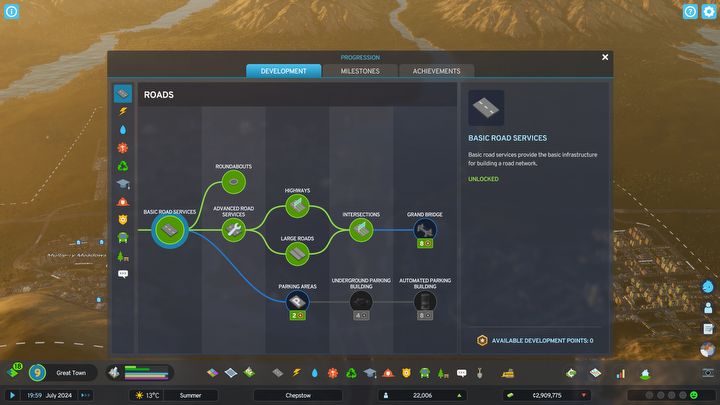
You can now manually unlock selected structures with XP.Cities Skylines 2, Paradox Interactive, 2023
One of the crucial elements of city planning has been undergone a great overhaul – namely, zoning. We now have access to more types of zones, and medium-density zones become available earlier in the game. The good news is that residential zones now not only come in three varieties of density, but also demand of them is registered separately, which makes the rules clearer. Same goes for industrial zones, which have been separated from offices, again working for transparency.
In general, the game seems to be more responsive. The city grows faster, not necessarily because much has changed in terms of pacing, but because the scale is now larger. We have more money at the beginning, so we can start bigger than in the first Cities Skylines. Purchasing land is more convenient, you can select multiple tiles at once, and there are way more tiles available as you level up, enabling you to create a genuinely sprawling metropolis.
Another, huge, quality-of-life improvement is the way the industry works. The sequel gets rid of all the pesky requirements, namely designing an industry area, assigning type of industry and only then proceeding to building a basic industry center. Right now, we can freely select the building we’re interested in, match it to the required resource on the map, and assign its area with a contour tool that works so much better than the brush from the original. On the downside, joining underground networks feels very finicky and has been the only moment of frustration I’ve had with the game.
Considering these changes, once could get the impression that difficulty has decreased since Cities 1, but that’s not necessarily true. The game is more accessible, but not quite less challenging. I remember the first attempts at the original: figuring out water supply, water network, electricity source, electricity network; expanding these networks every time I built a new street, then poisoning my entire population with wastewater. All that is no more, because the game takes many of these smaller, irksome burdens off our shoulders and we can focus on bigger stuff.
So, the level of complexity is even higher, it’s just all served with a little more precision, finesse and elan. Speaking of which: the game now lets us switch songs within a neat little player and we’ve even got a radio station with hosts that, from time to time, offer off-hand remarks and reports about the situation in the city. This is one of the nicest surprises because it adds a bunch of life into the game and our city, doing what the chirper (game’s equivalent of Twitter) was supposed to, but better. The radio is often quite amusing, and I can’t help but to crack a smile when I hear professor Hornbuckle’s paroxysms of erudition. There certainly is plenty of room here for easter eggs and community interaction.
2.0 or 1.5?
So, the game introduces a bunch of changes and all-around quality-of-life improvements. However, because it still utilizes many of the same tools and solutions that the original used, one might feel tempted to ask: “was it worth waiting for eight years?” Well...
First of all, those eight years weren’t spend just idly waiting for Cities Skylines 2, so the question is kinda futile, yeah? But seriously, you can indeed get the impression that what we’re getting is more of an improved prequel than a genuine sequel, and there’s some truth to that.
However, it seems a little bit unavoidable in this type of game. Sure, if the interface was revamped, you’d feel a bigger difference just by looking at it, and I’ve never been a fan of the UI being… like, stylistically childish? As if it was a game for young teenagers made in 2004. Still, this title is pretty much entirely about meta gameplay and systems, all the stuff that goes on underneath, so visuals are far from priority. Nevertheless, the game has also been graphically improved, offering even more impressive landscapes and skylines. This comes at the cost of performance, though, as the preview version wasn’t in optimal condition. Framerate was not high on a system satisfying the game’s requirements, and though we’ve received another build a few days before the release, which improved the performance quite a lot, you should be aware that will take a few patches for the game to be running nominally.
Is it worth it?
Cities Skylines 2 offers a myriad of great, all-round, quality-of-life improvements over the prequel. Whereas the game faces technical challenges at launch, it seems well set to become a worthy successor of the original, being much more sleek and accessible as well as bringing a bunch of fun novelties.
You can find all our reviews on Metacritic and Opencritic.
Absolutely. I’m biased because this game is so much up my little alley, but I cannot recommend it enough. It’s cozy, relaxing, terribly engaging if you get into it. It’s intelligent, it requires strong problem solving skills, and I think it just perfectly corresponds to that part of the monke brain that likes to watch tiny stuff move.
Cities Skylines 2 furthers the formula and, without a revolution, elevates the series to new quality. One might, of course, complain about apparently large similarity to the prequel or even lack of novelty, but such criticism would be based mostly on appearances. Don’t get me wrong – I’d love that if the game was even fresher, but you can’t have everything. Meanwhile, the sequel delivers more of the same thing, just better, which arguably makes it a good sequel!
The biggest part of this conclusion is based on the fact that this game feels way smother to play, doing a great job of optimizing the economy and systems in a way that allows the player to have more fun and understand what’s going on in the city better. The developers of Cities Skylines 2 from Colossal Order have evidently invested a lot of time to examining how people played the sequel and how this experience could be transformed into something more accessible and consistent. This also means that the focus of gameplay has been spread more evenly throughout a single playthrough. The prequel felt more focused on early stages of gameplay – once we had a stable city running, there wasn’t much going on apart from expanding it and maxing it out, building all the craziest special buildings just to spend the money on something. Right now, the gameplay remains more consistent and engaging thanks to using XP for development, and it seems that later stages of a playthrough are more interesting, always presenting a degree of challenge, without making you feel invincible.
So what’s next?
As anyone playing Paradox games can assume, the game will receive dozens of DLCs that will further expand it, and this is definitely another thing to keep in mind before purchasing – compared to the original Cities Skylines in its final form, we’re getting significantly less content at launch. There are nine maps available, and you won’t be building intricate parks and hiking trails for now. There is a bunch of special buildings to unlock including specialized factories, condos and marketplaces, but there aren’t dozens of these for now, so, again, this game will certainly get many expansions in the future.
If you have enjoyed the original release, you will surely be stoked to play Cities Skylines 2, and if you’re now to the formula, you’re guaranteed to have a smoother, more relaxed experience in your first go. The sequel is lots of fun and brings just enough new quality to warrant the purchase.
Cities: Skylines II
Cities: Skylines 2 Review - A Revolution, 2.0, or 1.5?
Cities Skylines is finally back with its sequel after a whole eight years. Part two brings sweeping, quality-of-life improvements, but has the formula stayed relevant after almost a decade?

